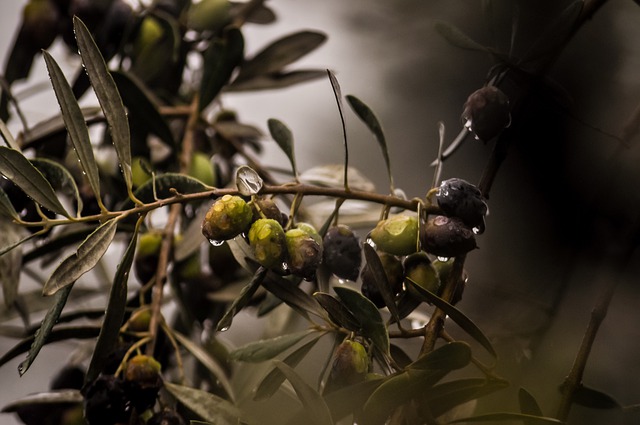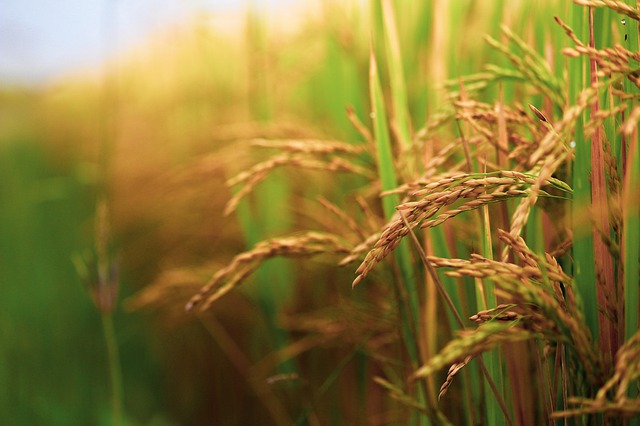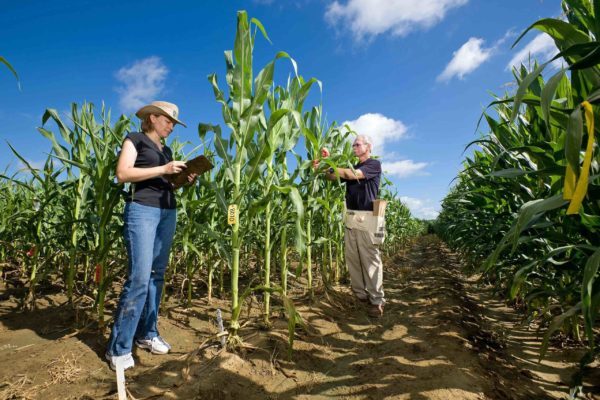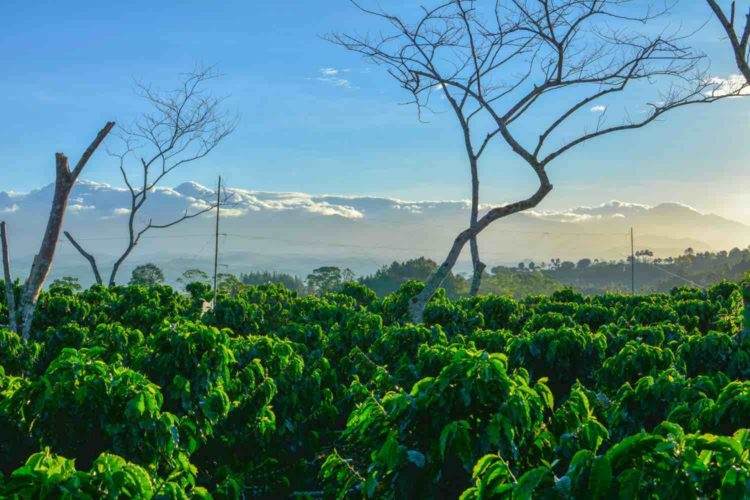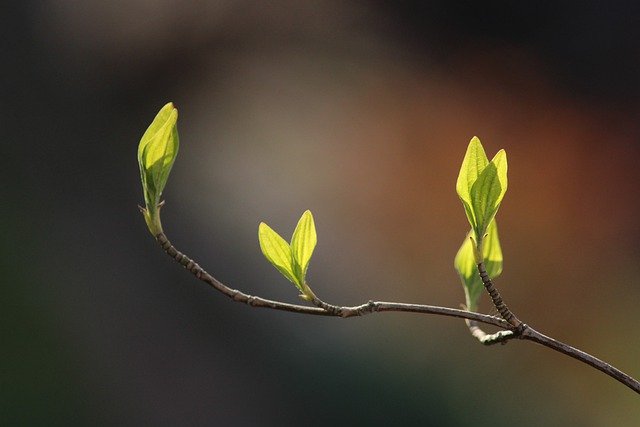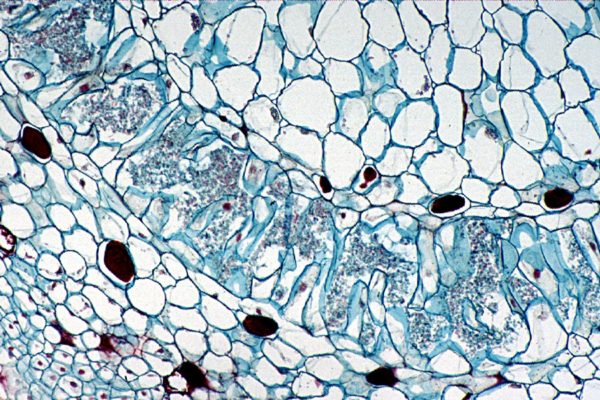
We are living through an explosion in the availability of microbiome data. In agricultural systems, the proliferation of research on plant and soil microbiomes has been coupled with excitement for the potential that microbiome data may have for the development…
Read More




